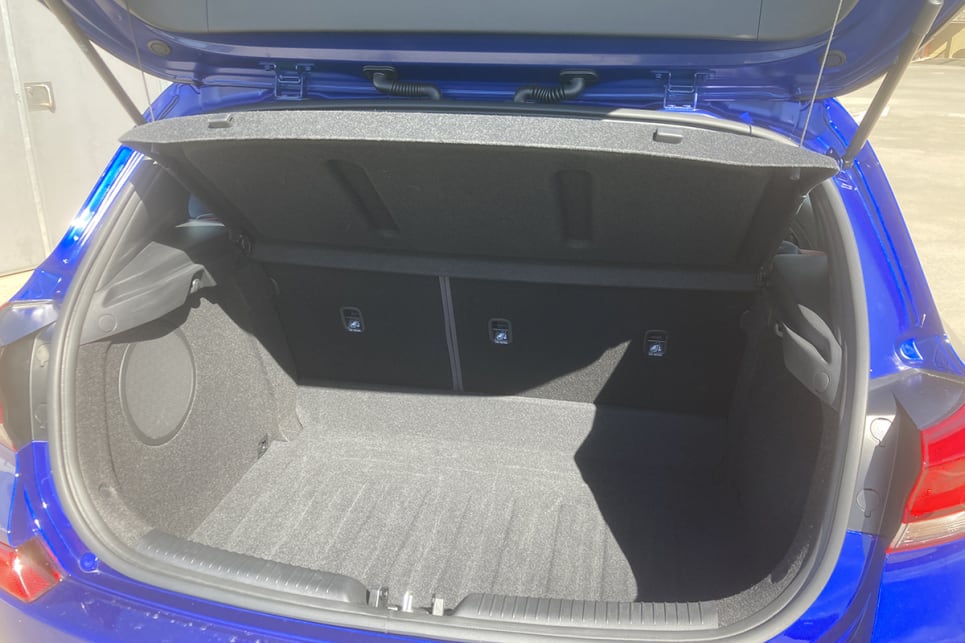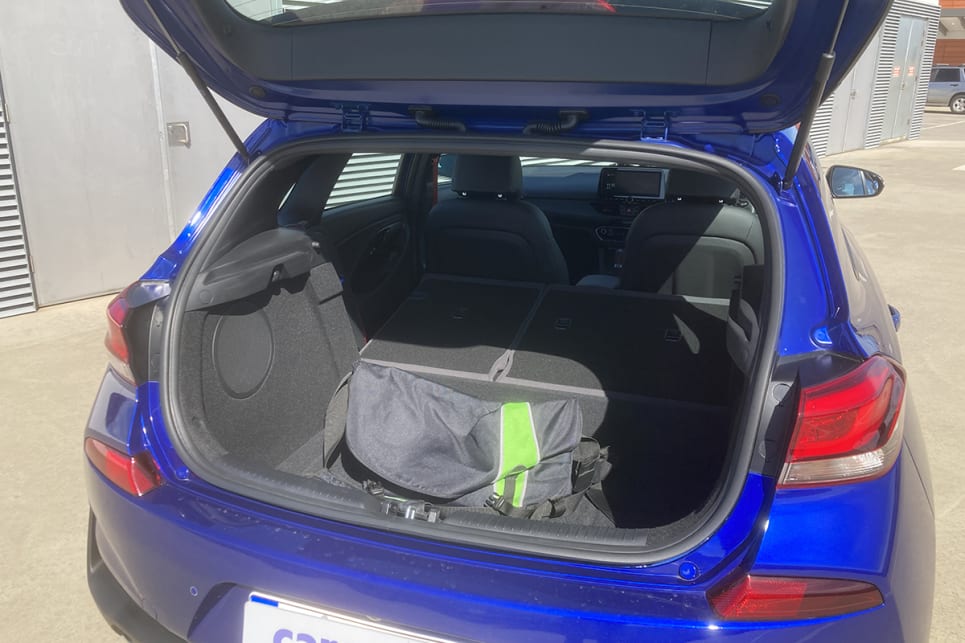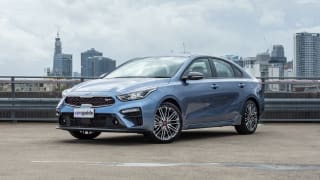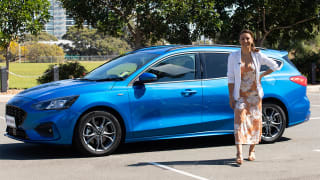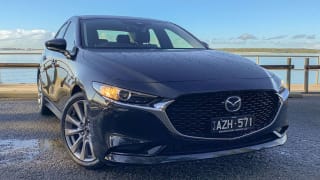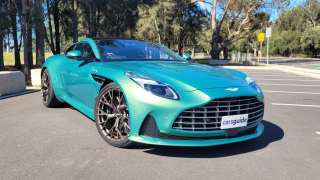In October, 2020, Hyundai facelifted the PD-series i30 hatch.
Known as the PD4, most of the range gains a wide toothy grille with chrome bars and a sleeker shape to the front bumper as well as fresh lighting elements – but not the N-Line. Why? More on that later. You’ll also find a revised rear bumper and diffuser. The inevitable price rises have also struck, to the tune between $2400 and $3100 depending on grade.

However, there are plenty of new features for all MY21 i30s, including auto-folding side mirrors with heating, a 7.0-inch multifunction display and a restyled steering wheel and gear selector, while on the safety front all models include autonomous emergency braking (AEB) with pedestrian and cyclist detection, lane-keep and steering assist, lane following assist, adaptive cruise control with full stop/go functionality, driver attention warning and auto high beams.
Priced from $36,220, the N-Line Premium as tested here is on the expensive side, but it does usher in two significant changes over the regular i30 – a turbo-engine and dual-clutch transmission powertrain and an upgrade from a torsion beam to a multi-link rear suspension system. Both are transformative additions.

Additionally, you’ll find keyless entry/start, dual zone climate control with rear-seat air vents, heated and vented front seats, a powered driver’s seat, solar control glass, rain-sensing wipers, dusk-sensing LED headlights, front as well as rear parking sensors, sunroof, sunvisor extenders, digitised instrumentation display and wireless smartphone charger.
Meanwhile, a somewhat larger (to 10.25-inch) central touchscreen houses the wireless Apple CarPlay/Android Auto display, Bluetooth phone and audio streaming connectivity, a premium audio system upgrade, digital radio, satellite navigation and rear-view monitor, while a body kit, 18-inch alloy wheels shod with Michelin Pilot 4 performance tyres and a temporary spare round out things nicely. This i30 is heaving with gear.

Should buyers of the $29,490 Ford Focus ST-Line, $35,790 Honda Civic RS, $33,690 Kia Cerato GT Turbo and $35,290 Mazda3 G25 Astina be turning Hyundai’s way? Maybe, as the South Korean-built five-door hatch matches or exceeds most for kit – with the curious exception of blind-spot monitoring and front and/or rear cross-traffic alert (the Mazda’s got both) as well as the Civic’s excellent side lane-watch camera – while offering substantially more power and torque to boot than the lot (related Kia excepted).
One of the few options is metallic paint for $495.









